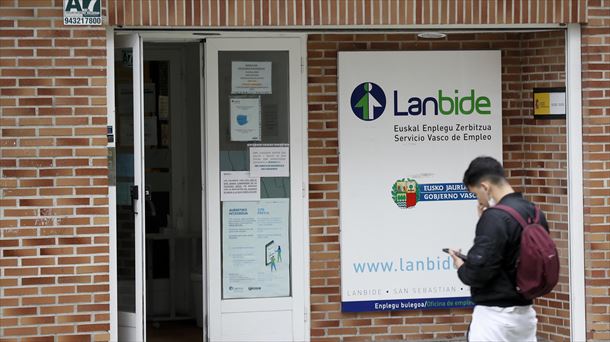Women get about 14 percent less paid at work – and do more than twice as much unpaid work as men. On the World Women’s Day on March 8, the current figures of the WiFo Economic Research Institute and the Momentum Institute are still showing that women are still not the same.
Equality between the sexes is not only an important topic in the professional world. According to the Momentum Institute, there are also differences in unpaid activities such as domestic work. Because women work more unpaid than men on average.
Women take over more than half of the unpaid work
The Austrians work almost 9 billion hours a year without payment – ie outside the profession. Women take over more than half of them, namely 5.7 billion hours. Every woman does an average of 1,390 hours of unpaid care and household work per year. According to the calculations, this avoids 28,000 euros per year.
The added value of the unpaid work in Austria is a total of 100 billion euros and therefore more than the largest economic sector, the production of goods, according to the Momentum Institute. Most – 80 billion euros – make -up for homework such as cleaning or cooking. The added value of care and support is 20 billion euros.
Women earn almost 14 percent less than men
Gender equality has not yet been achieved with a glance at the professional world. The payslips of men and women still look different: 13.9 percent fewer than men earned on average in 2023, as the WiFo calculated. The good news is: in 2011 the difference was slightly less than 20 percent.
However, the wage differences would be even greater if women and men had the same educational qualifications. Because the wages of women do not rise as much as men with higher education. In 2022, women with an internship earned 2.5 percent more than women with a mandatory school leave certificate. The difference in men was even 5.6 percent in size.
Women work in poorly paid professions
The reason for this is that women often work in poorly paid professions such as retail or office clerk. Men, on the other hand, prefer better paid technology industry. In industries in which fewer men work, wages are usually lower, the experts of the WiFo analysis.
A less frightening result is used to calculate the adjusted wage difference. Here the difference between salaries is only 6.3 percent in size. This number has only fluctuated a bit since 2012.
The unequal payment, for example, lies in the choice of career, working hours, promotional bars, differences in negotiation behavior and discrimination, the researchers summarize.
Source: Krone
I am Wallace Jones, an experienced journalist. I specialize in writing for the world section of Today Times Live. With over a decade of experience, I have developed an eye for detail when it comes to reporting on local and global stories. My passion lies in uncovering the truth through my investigative skills and creating thought-provoking content that resonates with readers worldwide.



